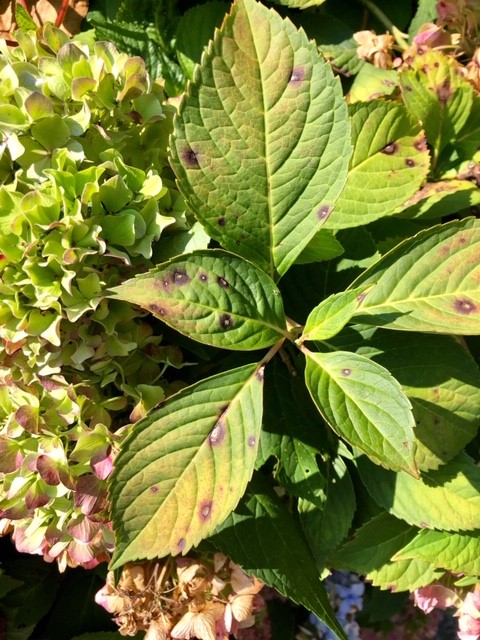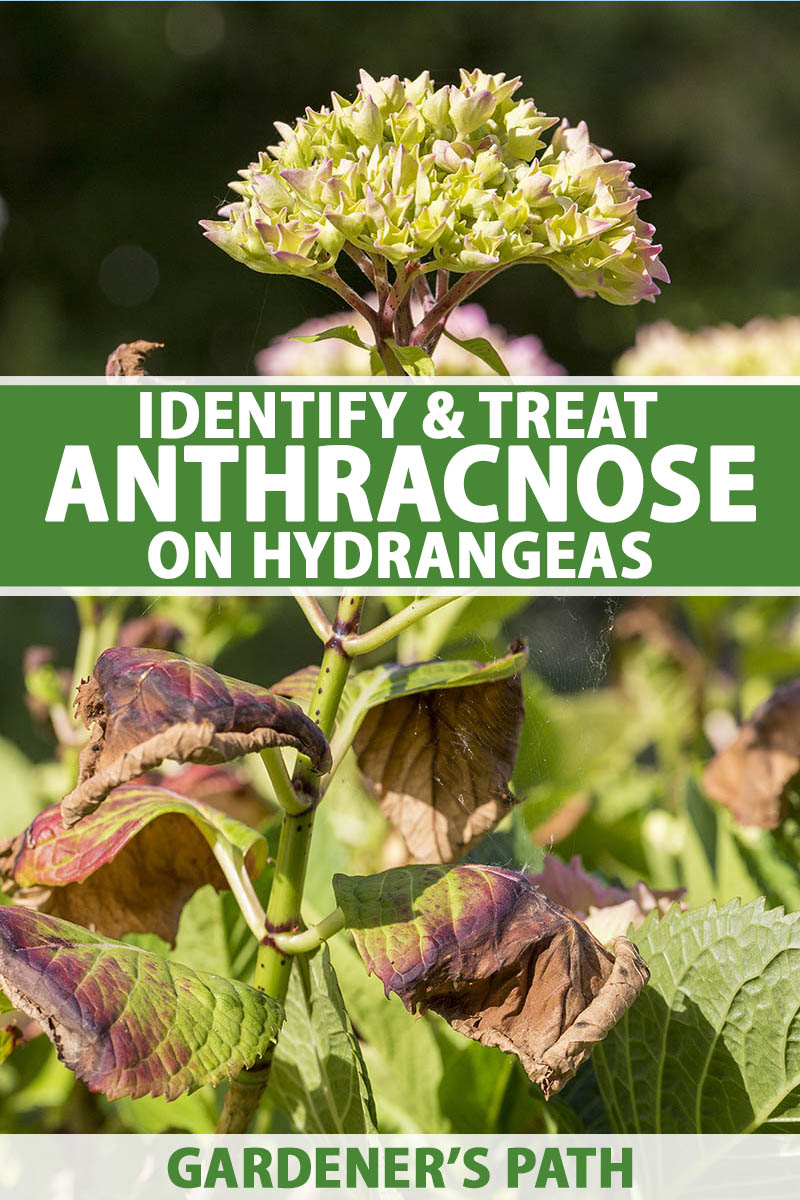The Ultimate Guide To Hydrangea Leaves Turning Yellow
Wiki Article
The Best Strategy To Use For Hydrangea Leaves Turning Yellow
Table of ContentsHydrangea Leaves Turning Yellow for DummiesThe Best Guide To Hydrangea Leaves Turning Yellow3 Easy Facts About Hydrangea Leaves Turning Yellow DescribedHydrangea Leaves Turning Yellow Things To Know Before You Get This
One possibility is that the plant is not getting enough sunlight. During the cold weather, the days are shorter, and the sun is not as intense, so make certain to put your Hydrangea in a place where it will certainly obtain at least six hours of sunlight each day. An additional factor for Hydrangea yellow fallen leaves in winter can be excessive water.Lastly, the leaves might be transforming yellow as a result of temperature level stress and anxiety. Hydrangeas like cooler temperature levels, so if the plant is in a place that gets as well hot or too cold, the leaves will transform yellow. If you believe temperature tension may be the issue, attempt relocating your Hydrangea to a different location or protecting it from the components with a burlap cover
New development will be observed in very early springtime, when you'll discover green vegetation sprouting from stems that could have shown up dead. If your fallen leaves are turning brownish in springtime or summertime, there are likely various other elements at play. The precise factors depend on the range and their growing problems, but as a whole, brown hydrangea leaves are a sign of dehydration and wilting in the heat.
In the springtime when the mercury stays relatively reduced, they'll do great. When things warm up over the summer season however, time invested in the very early afternoon rays can create unknown damage.: Expand your hydrangeas in a spot where they'll get sunshine in the mornings or nights, yet not during the peak hours.
Not known Facts About Hydrangea Leaves Turning Yellow
Wilting is brought on by lack of moisture, meaning there are a few good techniques to utilize to stop this from happening. Give your hydrangeas a healthy glug of water every few days when the temperatures are climbing high, and treat the soil to much better maintain wetness. Hydrangea Leaves Turning Yellow. After sprinkling, a bit of compost around the base of each plant need to assist with this by maintaining dampness in the dirtThis disrupts fungis spores from working out. "The Botrytis fungus flourishes in great and damp problems, so prevent showering the whole plant when watering and just water at the roots," shares Roy Nicol, a Master Green thumb. If you've missed the opportunity for avoidance and are managing an infection you need to get rid of all dead or severely contaminated fallen leaves from the plant and ruin them to stop additional spread.
As a basic general rule, we recommend removing leaves when they are 50% brownish or higher. While browning brought on by any reason can not be turned around, taking the restorative action described above will certainly motivate the plant to grow new fallen leaves so the damaged fallen Web Site leaves either drop off normally or can be removed by the garden enthusiast.
Hydrangeas need to be sprinkled only when the leading few inches of dirt are completely dry, and ought to be offered an extensive soaking each time. Underwatered hydrangeas are most likely to have yellow, wilting, and drooping fallen leaves. Enhance the frequency and quantity of watering for your bush to help solve this problem. Hydrangeas prefer rather damp (yet not soaked) soil, so provide the roots an excellent soaking and permit water to be absorbed right into the soil prior to applying extra.
The Facts About Hydrangea Leaves Turning Yellow Revealed
The means you repair hydrangea leaves turning yellow relies on the vital concern causing the yellow leaves. This can be difficult to identify, once you do you will certainly have the ability to readjust your plant treatment as necessary to look after the trouble. As stated in the past, a common issue with hydrangeas is nutrient deficiencies.
You can buy and set up basic watering worlds. Sprinkling worlds hold water in them and gradually release this water into the dirt as the ground comes to be completely dry. Merely load the world with water, stick the spout right into the dirt within the root zone near the base of the plant, and leave it in position up until all the water is gone.

Top Guidelines Of Hydrangea Leaves Turning Yellow
To stay clear of spreading out fungal conditions, make certain to thouroughly tidy and disinfect any pruning devices prior to and after usage (Hydrangea Leaves Turning Yellow). You can try to purge the origins with water to eliminate website link excess fertlizer.
Your hydrangea plant likes well-drained, wet dirt. If the pot has inadequate drainage, or your soil is swamped, the fallen leaves will start to transform yellow.
If you do not water your hydrangea plant for even more than a week, the leaves will certainly start transforming yellow. Fungal illness that attack the plants often tend to show indicators on the roots and the leaves of the plant.
Fallen leave spot is an additional fungal condition that can target hydrangea. It results in the leaves transforming yellow and the look of brown and purple areas on the fallen leaves.
Report this wiki page